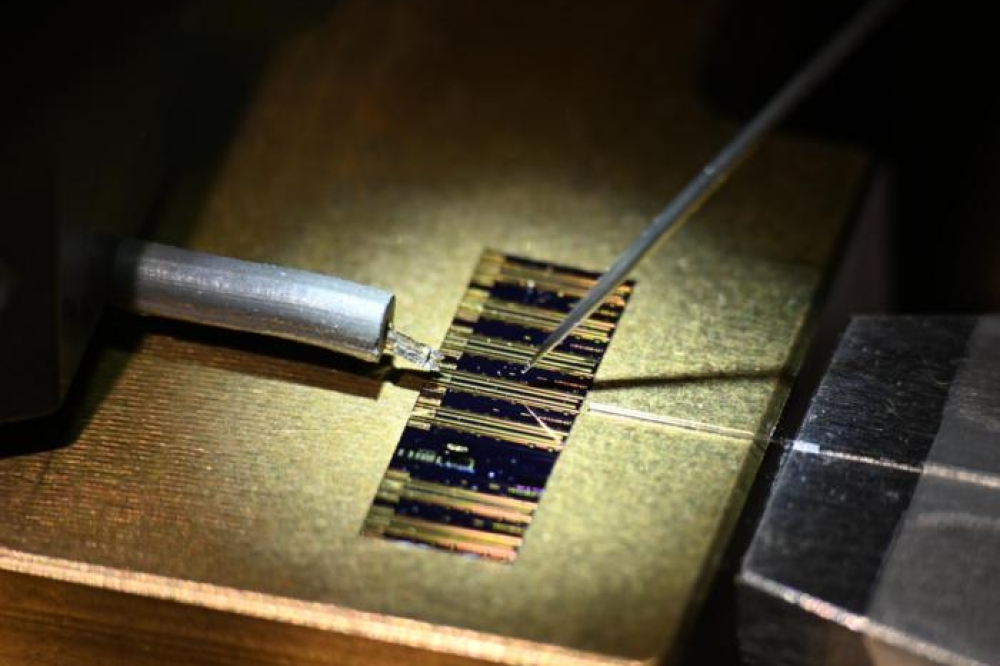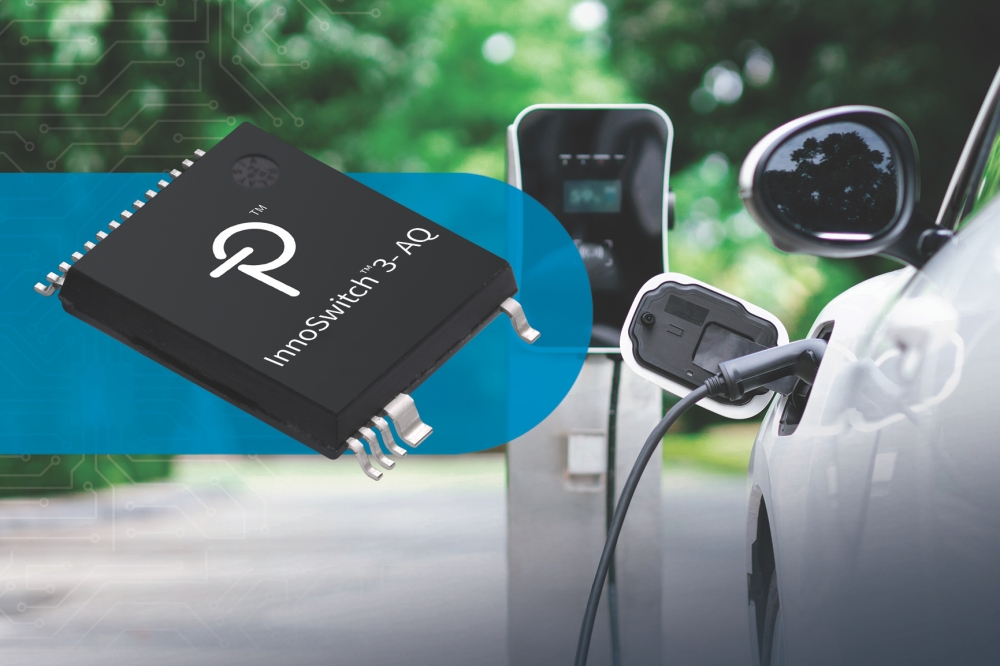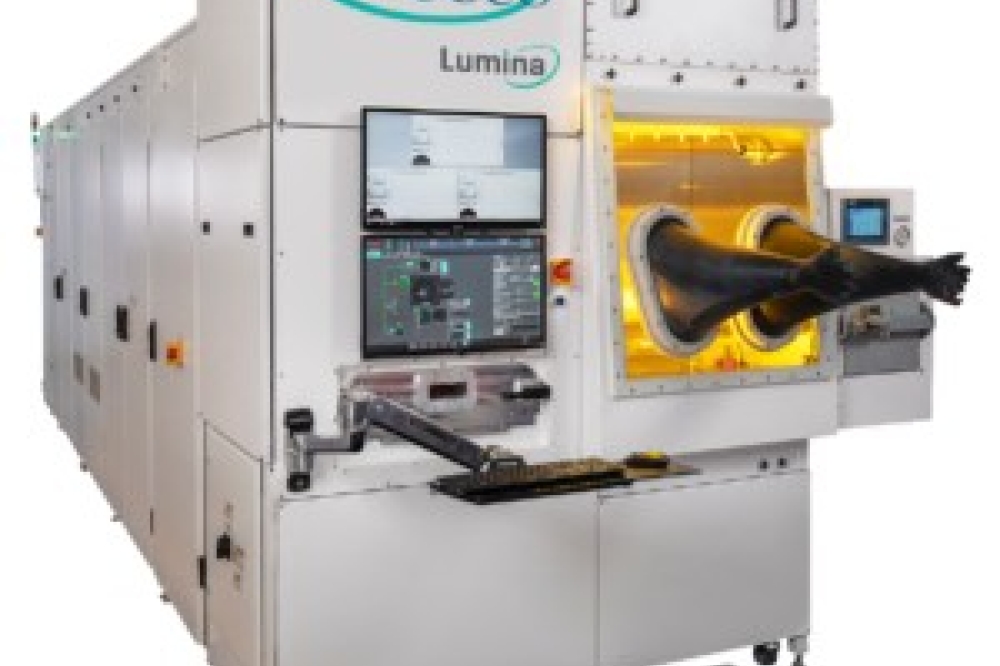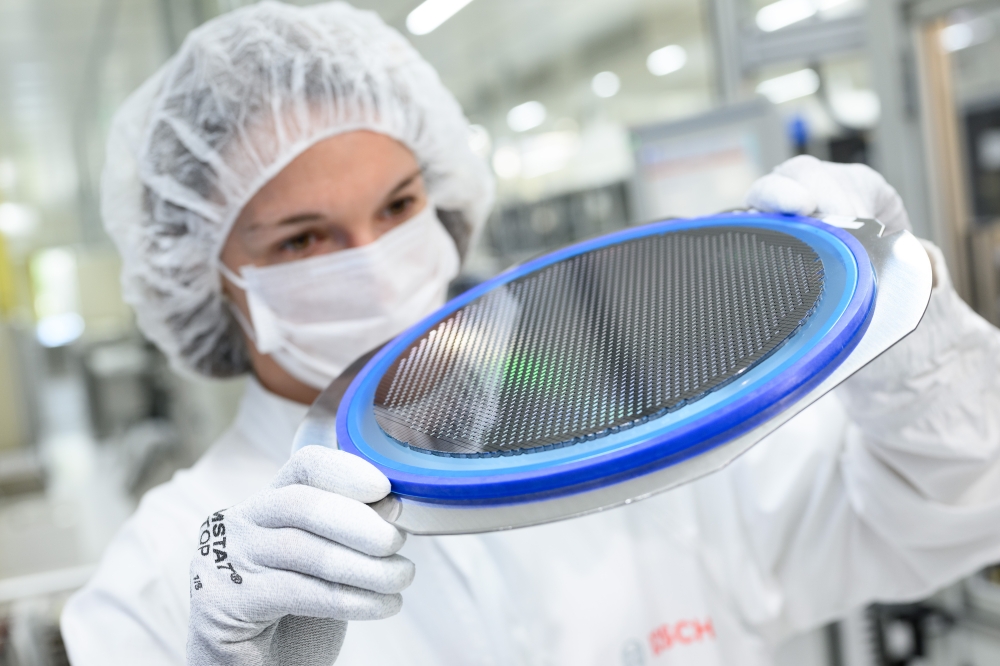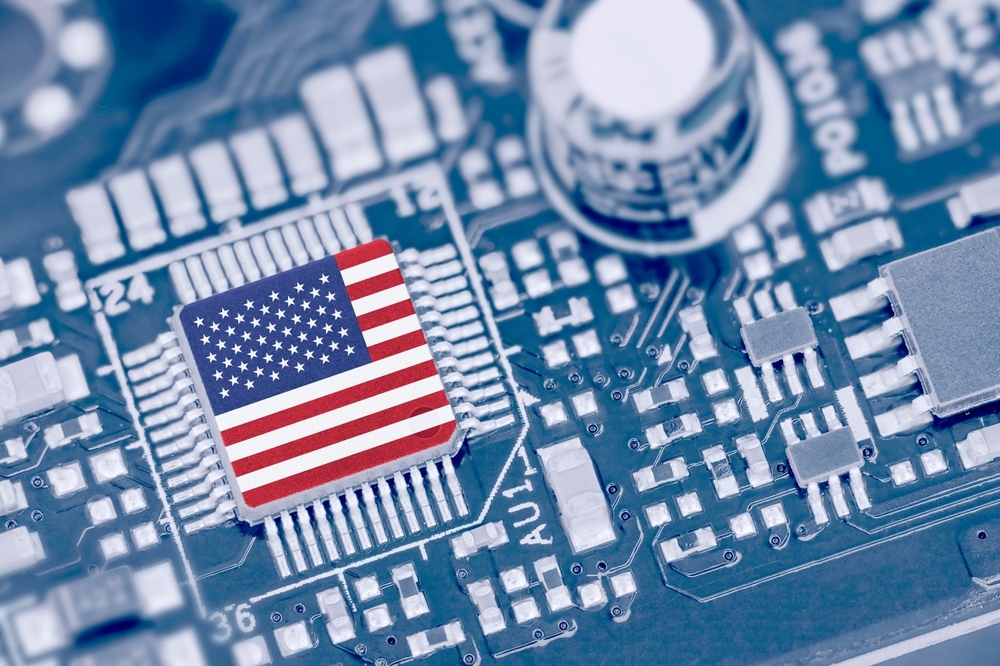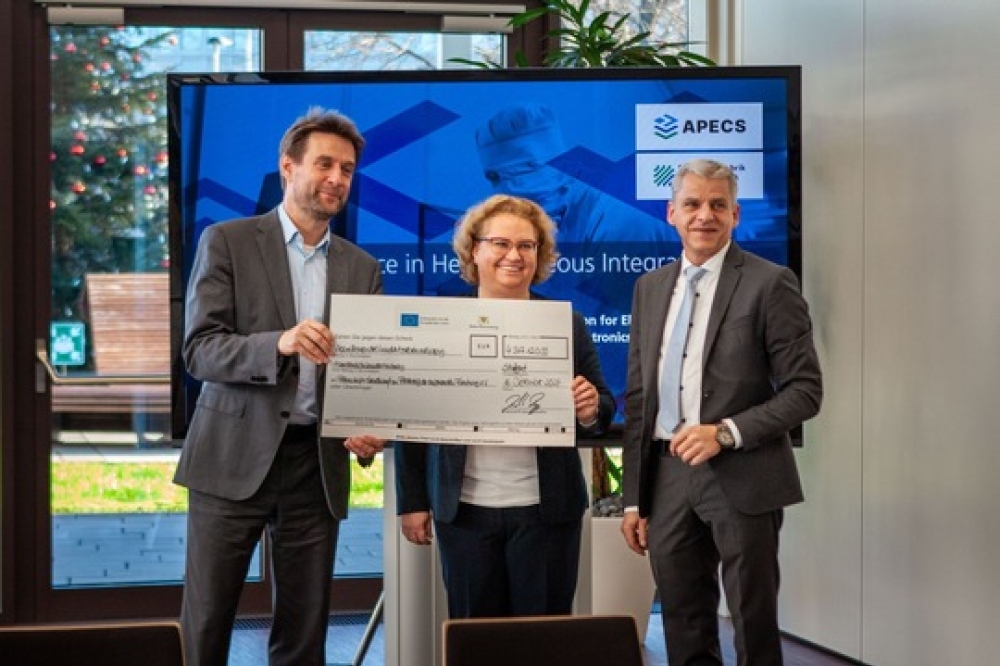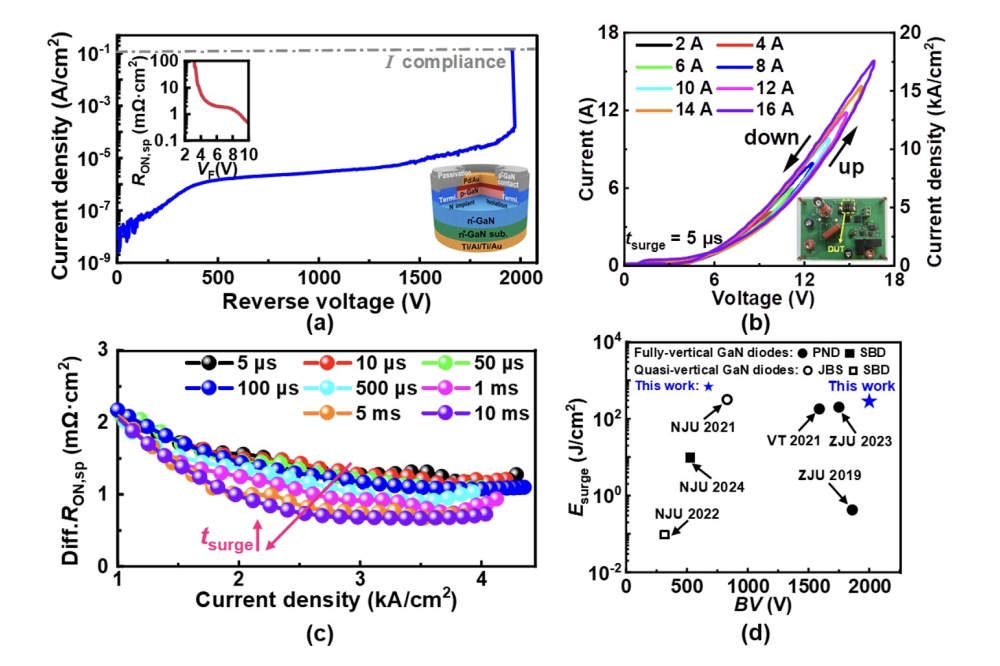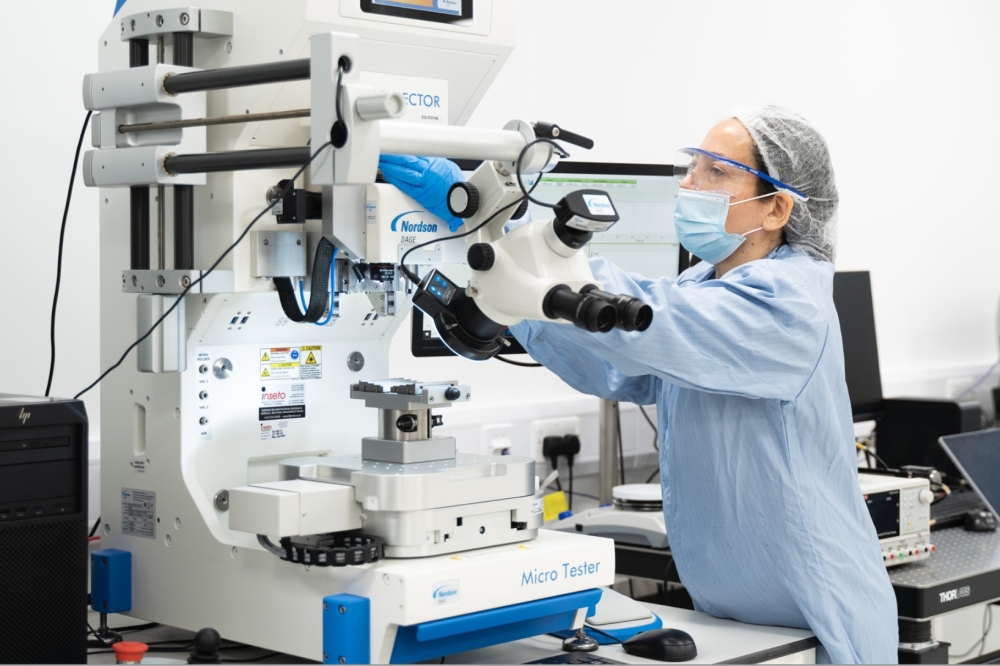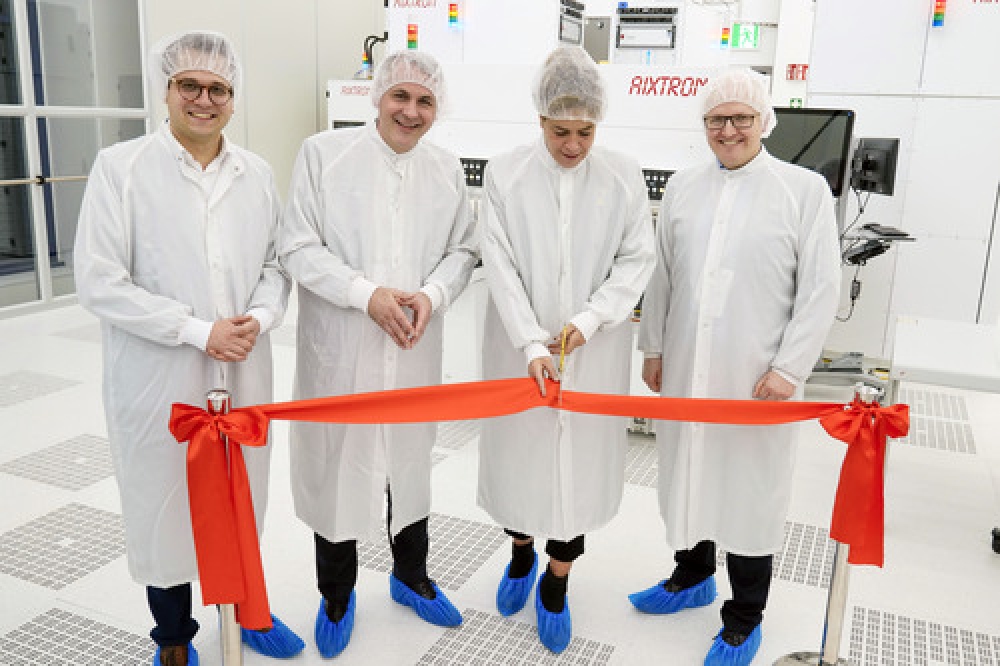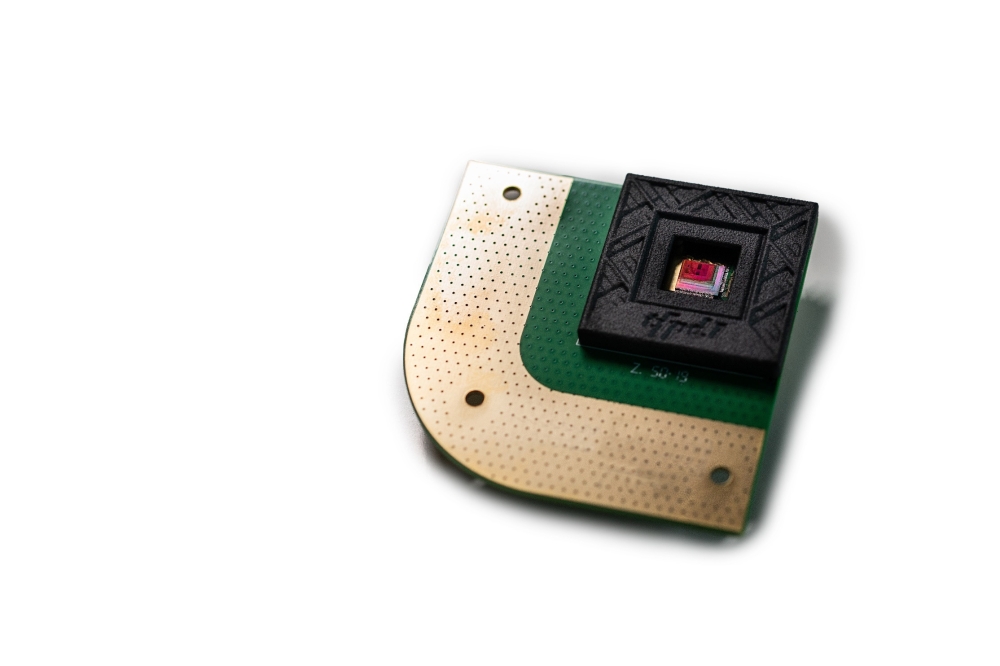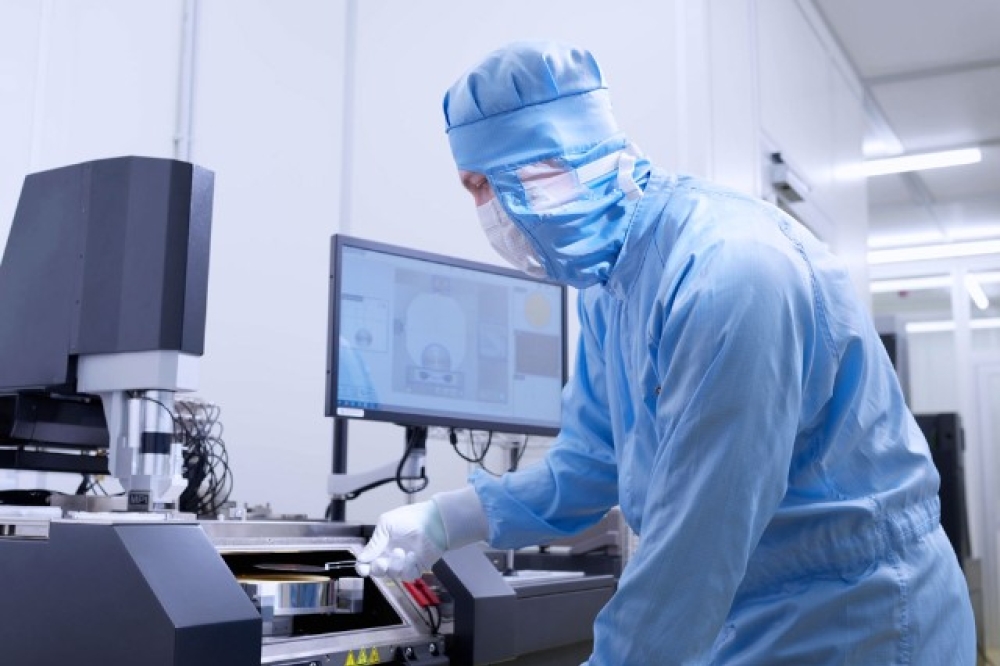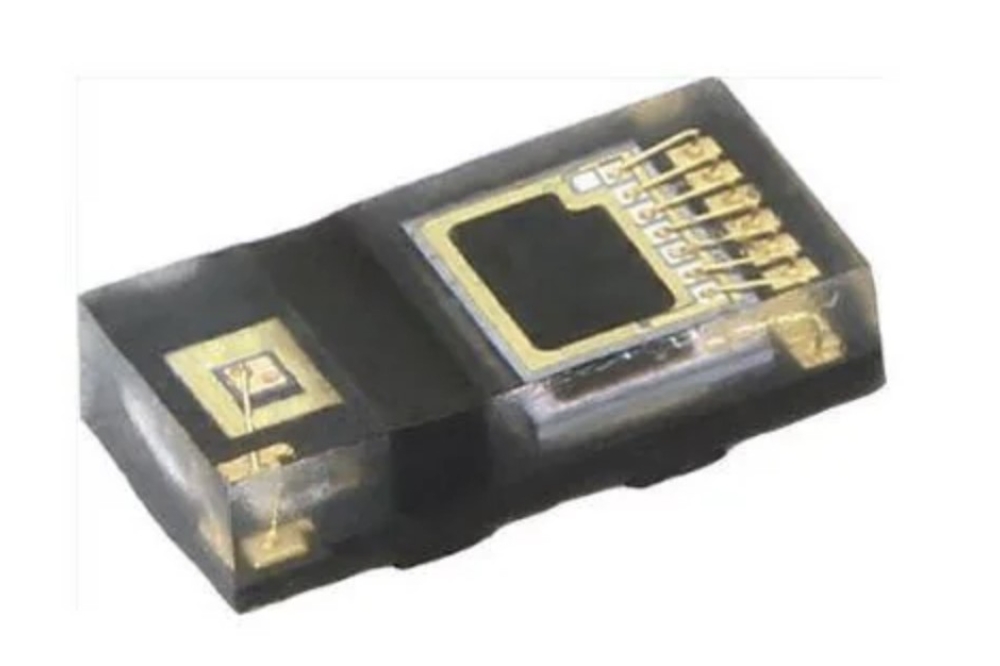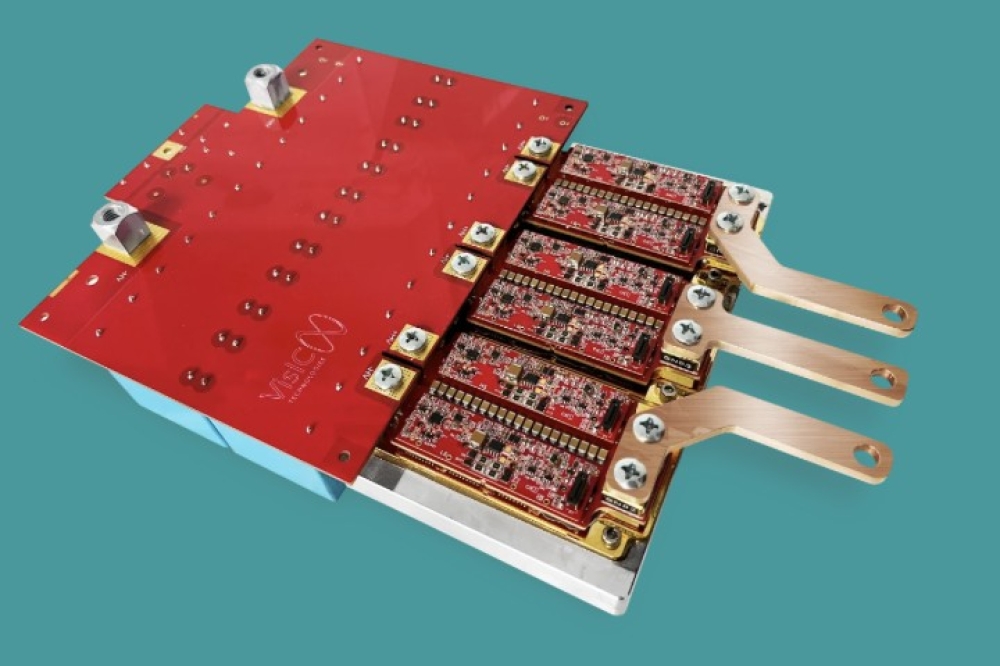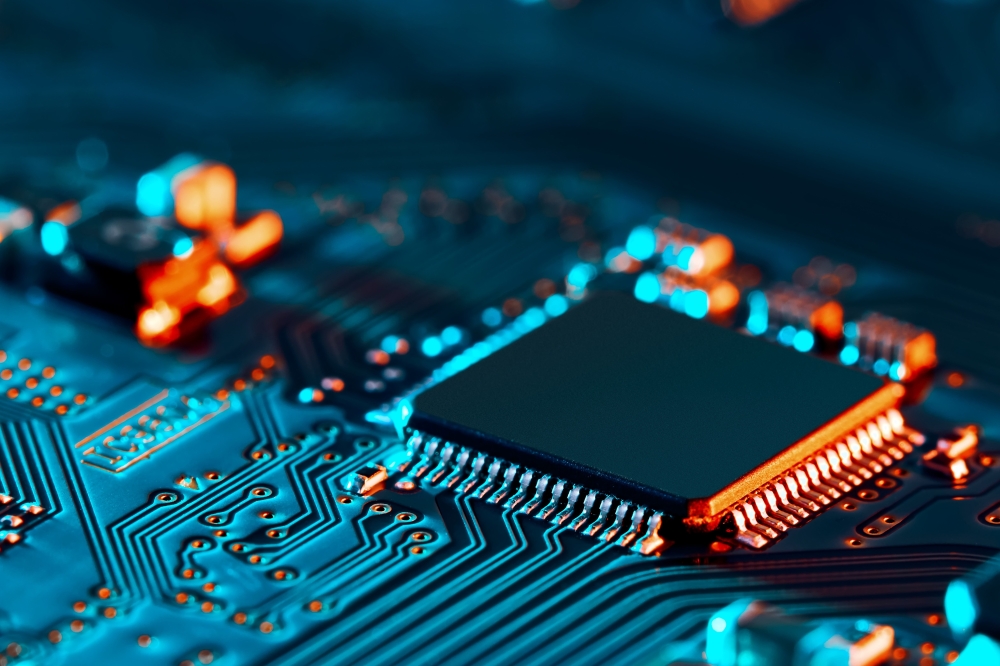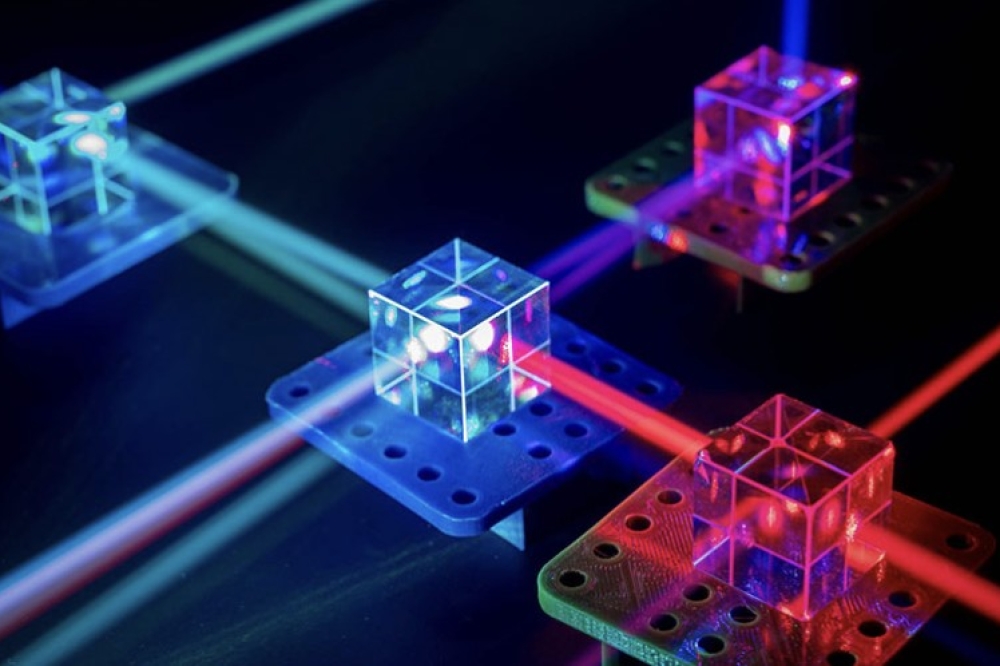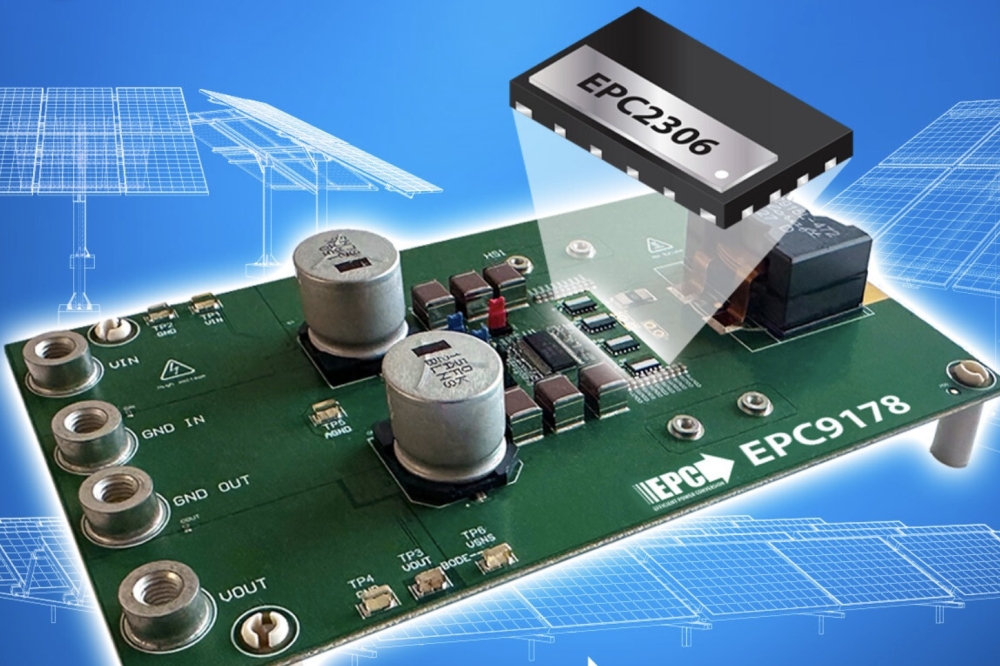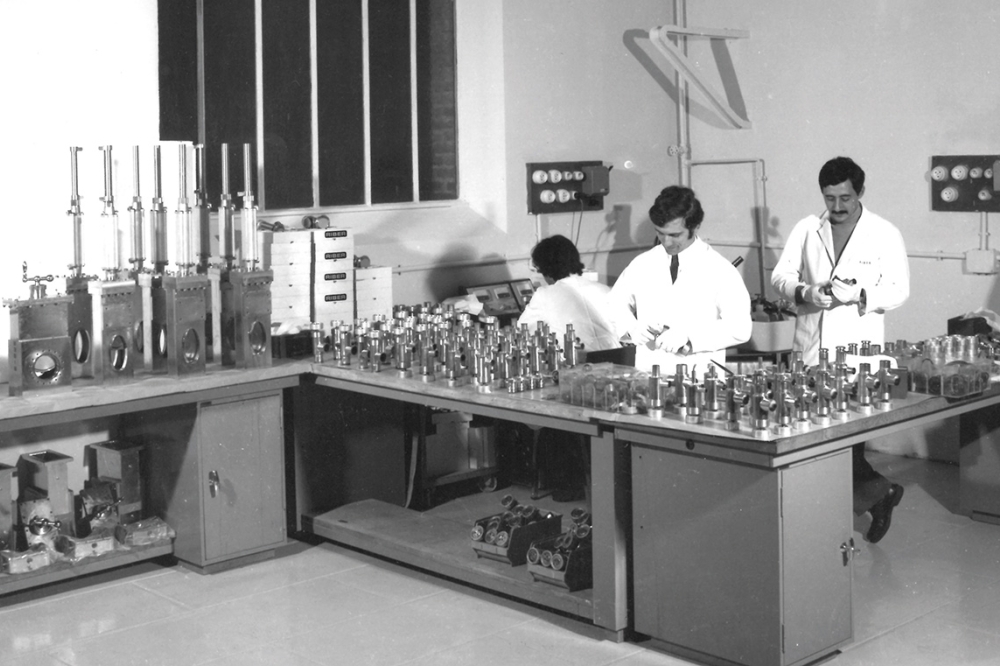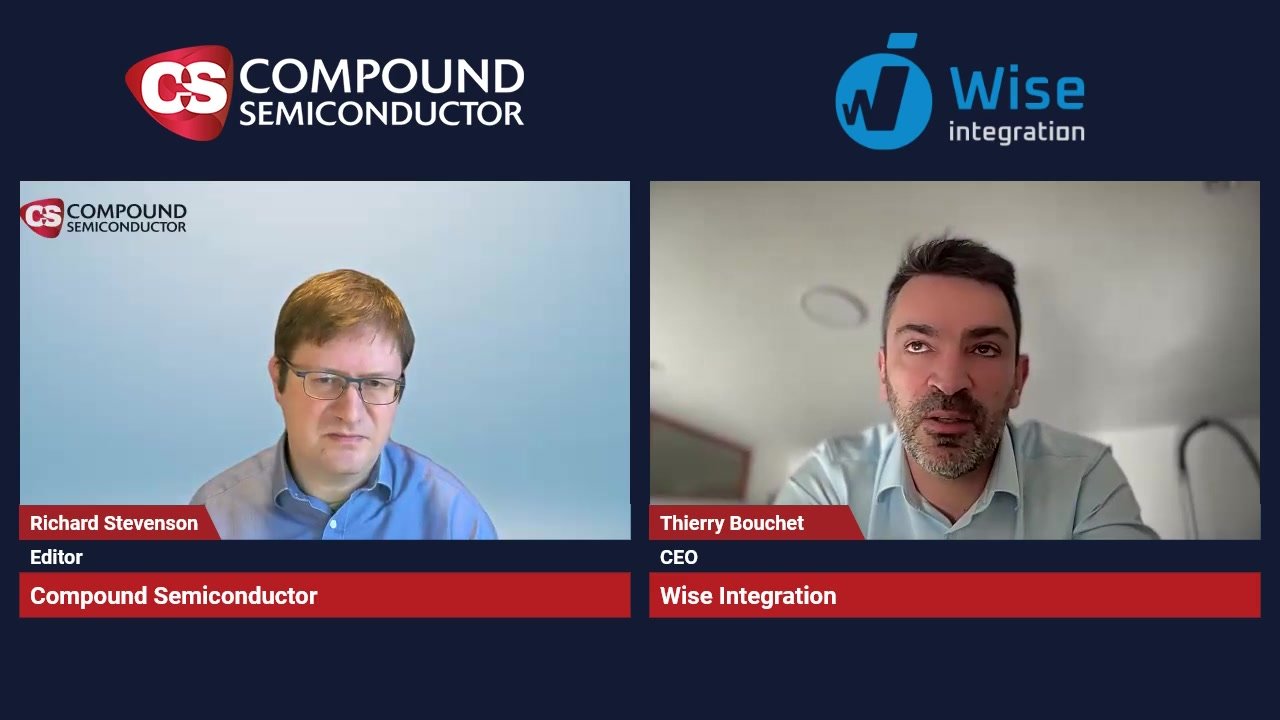News Article
Sharp develops ultra-efficient solar cells
A new technology could be twice as efficient at converting sunlight to electricity
Solar cells are still relatively inefficient at converting light to electricity. This is one of the main reasons solar can’t compete with fossil fuels.
The best solar cells convert less than one-third of the energy in sunlight into electricity, although for decades researchers have calculated that sophisticated physics could allow them to convert far more.
Now researchers at Sharp have built a prototype that demonstrates one of these ideas.
If it can be commercialised, it would double the amount of power a solar cell can generate, offering a way to make solar power far more economical.
The researchers figured out a way around a bothersome phenomenon: when sunlight strikes a solar cell, it produces some very high-energy electrons, but within a few trillionths of a second, those electrons shed most of their energy as waste heat.
The Sharp team found a way to extract these electrons before they give up that energy, thereby increasing the voltage output of their prototype solar cell.
It’s far from a practical device - it’s too thin to absorb much sunlight, and for now it works only with a single wavelength of light. But the firm says it’s the first time that anyone has been able to generate electrical current using these high-energy electrons. In theory, solar cells that exploit this technique could reach efficiencies over 60 percent.
The approach is one of several that could someday break open the solar industry and make fossil fuels expensive in comparison. High-efficiency solar cells would lower the cost of installation, which today is often more expensive than the cells themselves.
Exploiting exotic physics requires both understanding the behaviour of certain materials and figuring out how to make them with high precision. This is described in the articles, “Capturing More Light with a Single Solar Cell” and “Nanocharging Solar”.
The Sharp device relies on the ability to make high-quality, nanometres-thick layers such as GaAs, which create a shortcut for high-energy electrons to move out of the solar cell.
Another way to achieve ultra-high efficiencies now is by stacking up different kinds of solar cells as described in the paper, “Exotic, Highly Efficient Solar Cells May Soon Get Cheaper”, but doing so is very expensive. Meanwhile, MIT researchers are studying the transient behaviour of electrons in organic materials to find inexpensive ways to make ultra-efficient solar cells.
Each of the alternative approaches is at an early stage. James Dimmock, the senior researcher who developed the new device at Sharp, says he expects that his technique will initially be used to help boost the efficiency of conventional devices, not to create new ones.
The best solar cells convert less than one-third of the energy in sunlight into electricity, although for decades researchers have calculated that sophisticated physics could allow them to convert far more.
Now researchers at Sharp have built a prototype that demonstrates one of these ideas.
If it can be commercialised, it would double the amount of power a solar cell can generate, offering a way to make solar power far more economical.
The researchers figured out a way around a bothersome phenomenon: when sunlight strikes a solar cell, it produces some very high-energy electrons, but within a few trillionths of a second, those electrons shed most of their energy as waste heat.
The Sharp team found a way to extract these electrons before they give up that energy, thereby increasing the voltage output of their prototype solar cell.
It’s far from a practical device - it’s too thin to absorb much sunlight, and for now it works only with a single wavelength of light. But the firm says it’s the first time that anyone has been able to generate electrical current using these high-energy electrons. In theory, solar cells that exploit this technique could reach efficiencies over 60 percent.
The approach is one of several that could someday break open the solar industry and make fossil fuels expensive in comparison. High-efficiency solar cells would lower the cost of installation, which today is often more expensive than the cells themselves.
Exploiting exotic physics requires both understanding the behaviour of certain materials and figuring out how to make them with high precision. This is described in the articles, “Capturing More Light with a Single Solar Cell” and “Nanocharging Solar”.
The Sharp device relies on the ability to make high-quality, nanometres-thick layers such as GaAs, which create a shortcut for high-energy electrons to move out of the solar cell.
Another way to achieve ultra-high efficiencies now is by stacking up different kinds of solar cells as described in the paper, “Exotic, Highly Efficient Solar Cells May Soon Get Cheaper”, but doing so is very expensive. Meanwhile, MIT researchers are studying the transient behaviour of electrons in organic materials to find inexpensive ways to make ultra-efficient solar cells.
Each of the alternative approaches is at an early stage. James Dimmock, the senior researcher who developed the new device at Sharp, says he expects that his technique will initially be used to help boost the efficiency of conventional devices, not to create new ones.

